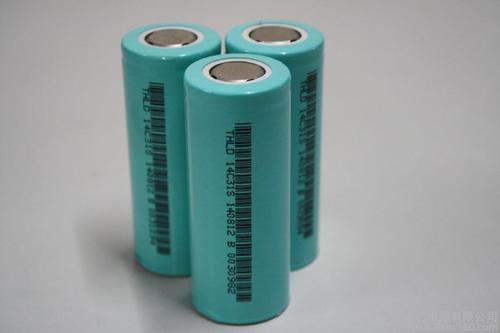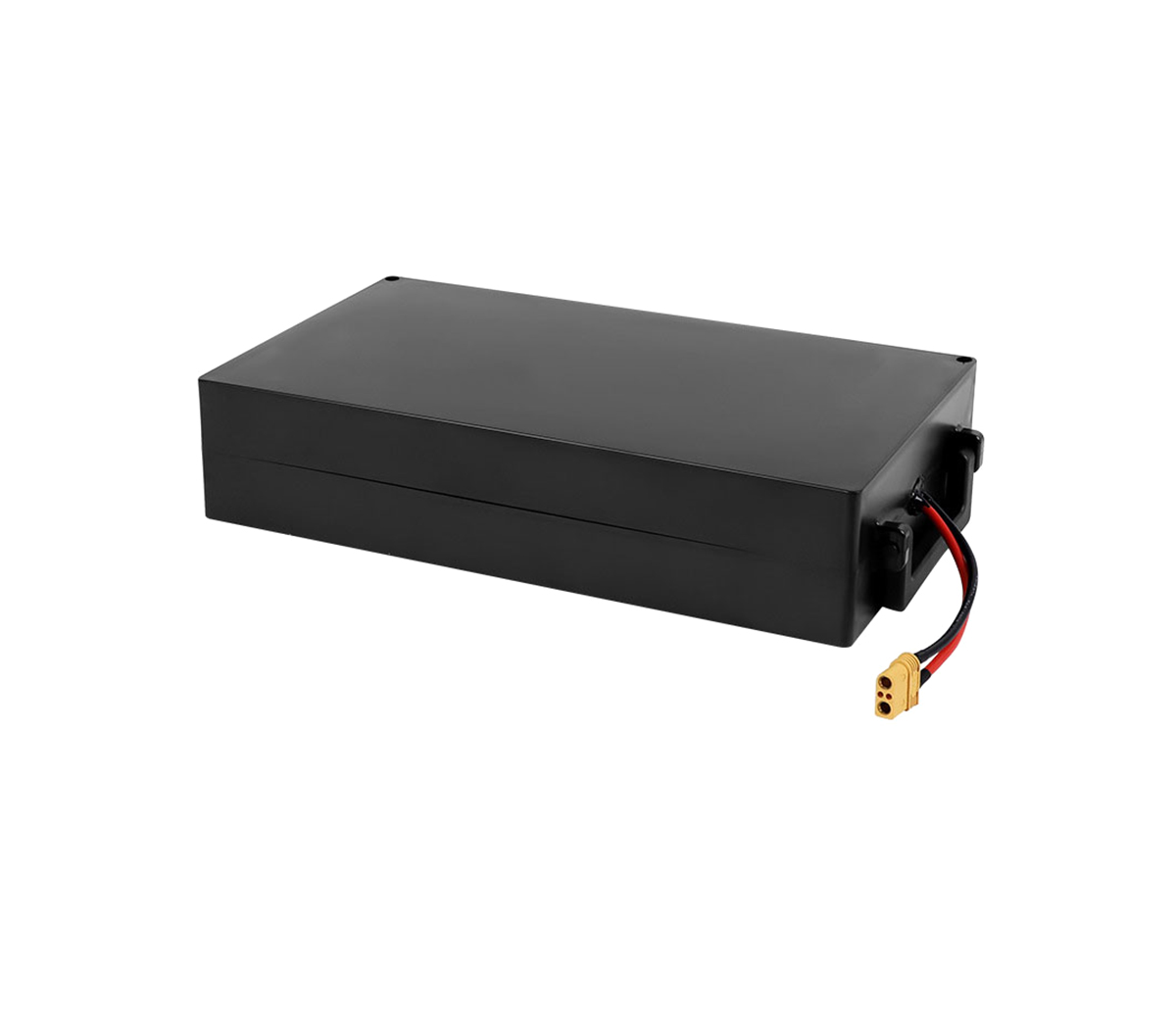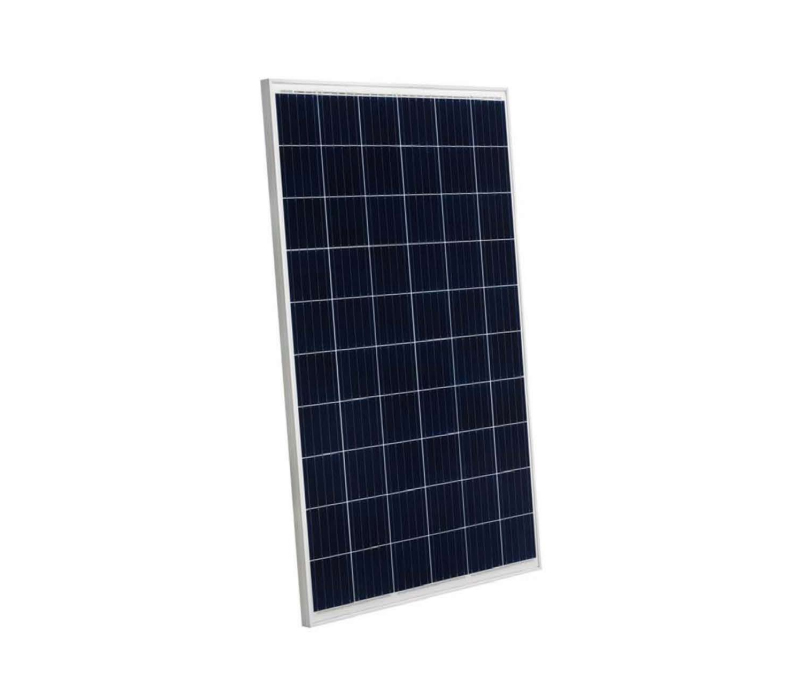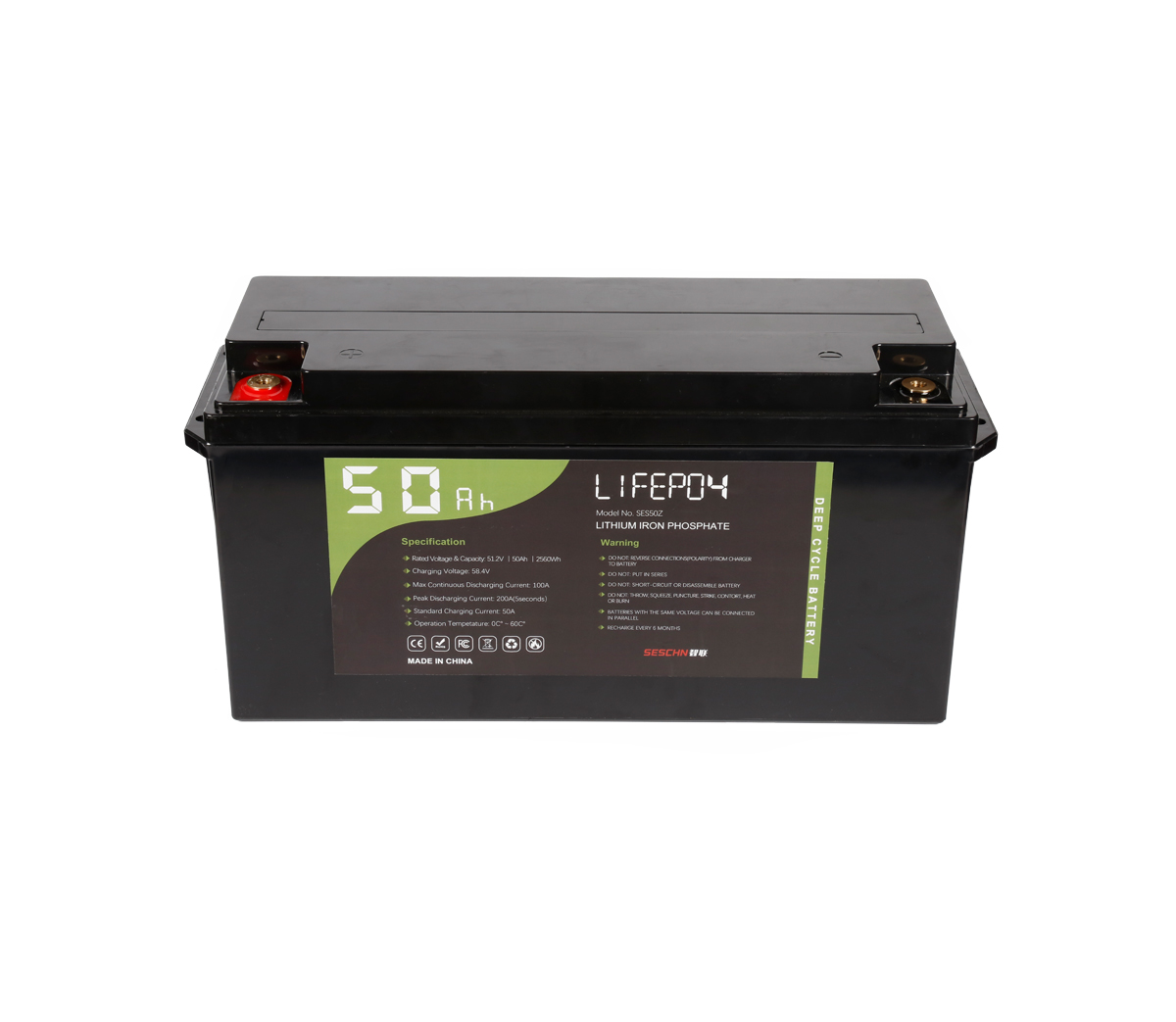
In the recent capital market, good news about the graphene industry has
continued to spread, and the market development process of the graphene industry
has been "boosted" by many parties. The bottleneck encountered in the mass
production of graphene market has been overcome by relevant R&D teams.
An authoritative person from the Ministry of Industry and Information
Technology revealed on September 28 that the state will support the development
of the graphene industry through a variety of means, including the upcoming
guidance on the development of the graphene industry, the creation of an
industrial joint innovation center, and the establishment of an industrial
development alliance by the Ministry of Industry and Information Technology. The
country's first graphene and advanced carbon material characteristic industrial
base has also been approved recently and will be established in Qingdao. At the
same time, the government has also established a 100 million yuan
graphene-related project investment fund. On the day the news came out, graphene
concept stocks were active and rose against the trend. Five graphene sector
concept stocks realized large-scale capital inflows. The news is good for the
capital market. However, it has to be admitted that there is a technical
bottleneck for mass production in the industrialization of graphene so far.
The "veil" of graphene
Whether it is the capital market or the new energy market, graphene has
received widespread attention. The main reason is that graphene, as an
innovative material, has its own extraordinary conductivity. Its application
prospects mainly include the field of new material batteries. Today, when the
price of silver reaches 2987 yuan/kg, if graphene can be used to effectively
replace silver as a conductive material, its manufacturing cost will be greatly
reduced. Nowadays, graphene has not been widely promoted, mainly because of
technical bottlenecks in mass production.
Due to the late start of graphene-related research, large-scale academic
research on graphene began in 2010 when the two-dimensional graphene
material-related research experiment won the Nobel Prize in Physics. At present,
most of the graphene production is for laboratory use, and the commercial
industry is always facing the bottleneck of uncontrollable costs. Recently,
Professor Liu Jianhong from the School of Chemistry and Chemical Engineering of
Shenzhen University and his research and development team have made major
breakthroughs in the application of graphene battery materials, ultra-fine
powder materials, conductive materials and other fields, and have achieved
small-scale production and market applications of graphene. . Ten core patents
have been applied for.
Liquid phase preparation method breaks through the bottleneck
Graphene is a structure with the thickness of a single layer of carbon
atoms exfoliated from graphite. According to Professor Liu Jianhong, there are
two main methods for preparing graphene currently on the market. One is the
chemical vapor deposition CVD method, which mainly uses chemical reaction
cooling deposition to deposit graphene. Due to the poor controllability of the
chemical reaction, the number of graphite microplatelets formed by the
deposition is unstable, and the graphite microplatelets prepared by it are
difficult to meet the structural requirements of graphene. The second method is
the oxidation-reduction method. A strong oxidant separates the links between
layers in the graphite multilayer structure to obtain graphene. This method is
market-recognized, but it cannot accurately separate the graphite layer, and
chemical reactions will destroy the graphene structure, and it is difficult for
the produced graphite microchips to meet market requirements.
Liu Jianhong’s team developed a chemical liquid phase method to solve the
problem that the structure of graphene is difficult to complete. This method
directly sinters the liquid polymer into graphene through a series of
thermochemical reactions. After testing, the structure of the graphene produced
by the chemical liquid phase method is completely consistent with the
internationally recognized single-layer graphene structure. "Only a complete
graphene structure can give full play to its excellent electrical conductivity."
Professor Liu Jianhong said, "The development of the graphene industry should
focus on electrical conductivity. If it is due to a technical bottleneck, the
development of electrical conductivity should be abandoned, and the development
of thermal conductivity should be replaced. The use of high-cost graphene to
achieve the effect of resistance heating is not in line with the market
development trend." Currently, Shenzhen Power Innovation Technology Enterprise,
founded by Liu Jianhong’s R&D team, Shenzhen Anlihao Industrial Co., Ltd.,
and GEM Co., Ltd. The company (002340SZ) has established a joint venture company
to focus on promoting the industrialization of graphene technology achievements
in the fields of new energy, ultra-fine powder, and conductive materials.
Liu Jianhong: Develop graphene new material industry with the requirements
of Industry 4.0
The concept of the Industry 4.0 era was first put forward by Germany, and
its intention is to explain that the industrial world will usher in the fourth
industrial revolution marked by highly digitalized, networked, and
self-organized machines. The State Council released the "Made in China 2025"
plan in 5 years this year, marking that China's manufacturing industry is
entering the industry 4.0 era. Professor Liu Jianhong told a reporter from China
Business News: “The R&D team has implemented the ideas and requirements of
Industry 4.0 from beginning to end. In the process of graphene industrialization
research, the R&D team has control over digital costs, market size, and
investment benefits. The return has a detailed discussion."
According to reports, in addition to graphene-structured particles,
graphene-coated copper that can be used as antifouling coatings for marine
ships, cuprous nano-powders, as well as graphene-based oxygen Reduction
catalyst. It is understood that the main development prospect of
graphene-supported oxygen reduction catalysts is in the application of
aluminum-air batteries. After using graphene as the carrier of the oxygen
reduction catalyst, the current density obtained by the aluminum-air battery is
greatly increased, and the short life of silver oxide as a catalyst is solved,
and the shortcomings of being easily interfered by carbon dioxide in the air are
solved.
Experts in the industry believe that it takes a long time for the related
concepts of aluminum-air batteries to develop from laboratory to comprehensive
testing and even mass production. However, the related development of
aluminum-air batteries in the new energy vehicles, mobile phone batteries, and
yacht energy storage industries are all Immeasurable.



































